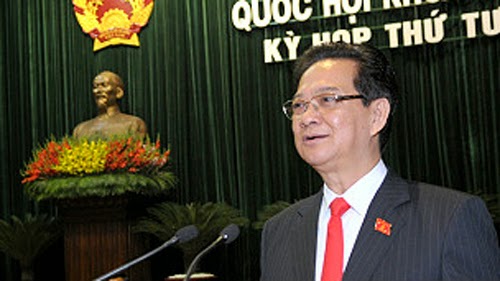Marr, David G. (2013). Vietnam: State, War, and Revolution (1945–1946) . University of California Press.
Kindle Locations 10285-10901
Three days following the 2 September 1945
independence declaration, the DRV interim government decreed dissolution of two
political parties on the grounds that they had plotted actions harmful to
national independence. The Greater Viet National Socialist Party (Đại Việt Quốc
Xã Hội Đảng) was accused of consorting with foreigners in order to harm
independence, while the Greater Viet Nationalist Party (Đại Việt Quốc Dân Đảng)
had allegedly schemed to damage the country’s economy as well as its
independence. Any member of these parties who continued activities would be
“dealt with severely according to law.” A week later, two northern youth
associations received the same treatment. Newspapers quickly identified these
four organizations as “pro-Japanese,” although no one explained why they had
been singled out from among the many groups that had fraternized with the
Japanese in previous months. Also, Japan was no longer a threat to Vietnamese
independence, so why focus on outdated enemies? Whatever the answer to these
questions (to which we will return), DRV leaders were conveying a broader
message: they intended to determine which domestic organizations represented
threats to national security and hence needed to be repressed.




